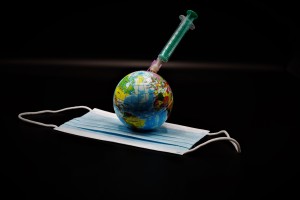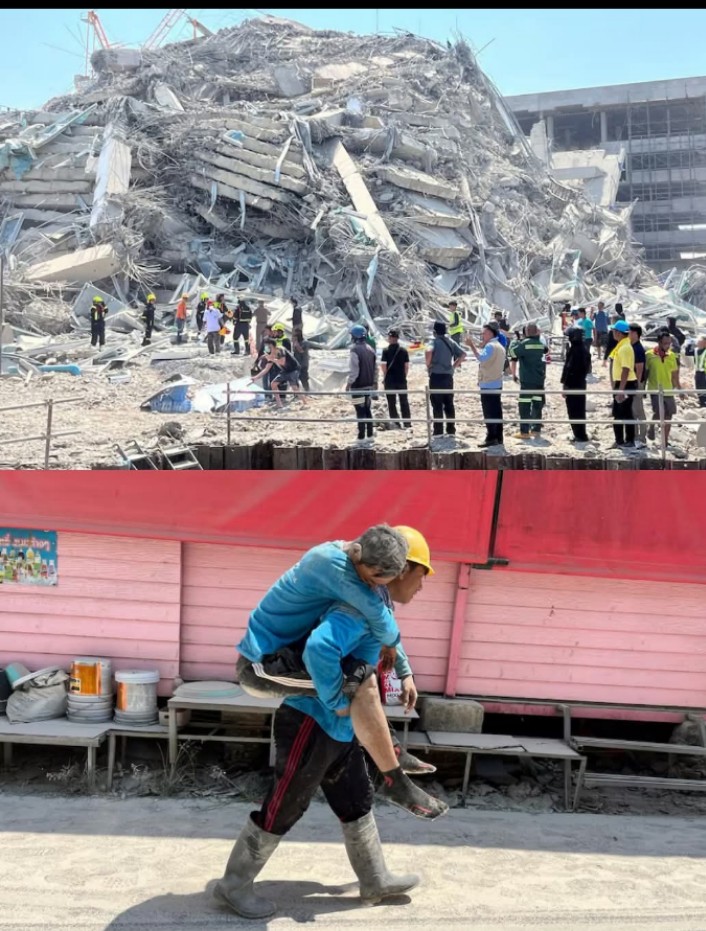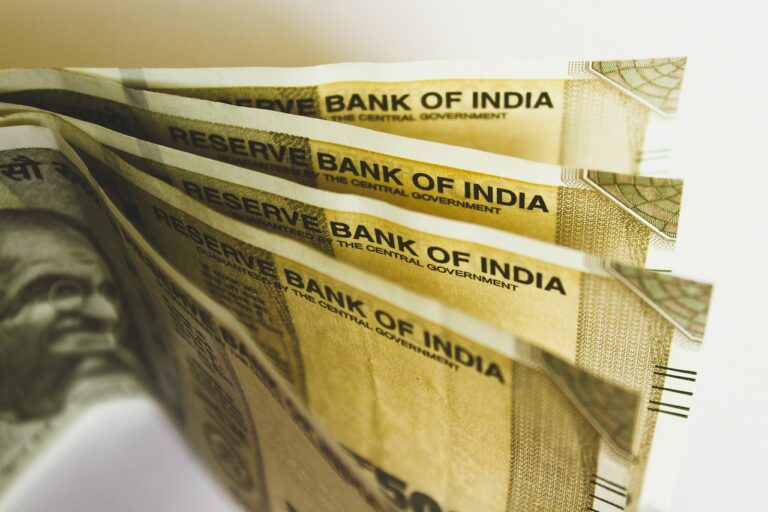
USA also to provide oxygen, remdesivir, therapeutics, PPE, and tests to India
Washington D.C: Offering a light at the end of what seemed a dark long tunnel, the Joe Biden Administration finally gave its approval to provide raw materials for the production of the AstraZeneca Covishield vaccine at the Serum Institute of India, which is the world’s largest vaccine manufacturer.
USAID and the United States Centers for Disease Control and Prevention (CDC) will also provide technical assistance and materials, and strengthening vaccine communications related to confidence in vaccination, and support of vaccine readiness at the national and subnational levels to India.
“India is facing a huge surge right now, and there’s a lot of support that we’re currently exploring and what we’re providing that will be helpful on the ground immediately. At India’s request, we’re exploring options to provide oxygen and related supplies. These are resources that India has specifically requested and are very high on their priority list,” the White House stated today.
The Biden administration said it was prepared to provide therapeutics, personal protective equipment, and tests. “The United States has identified U.S. commercial suppliers of remdesivir that are immediately available to help relieve the suffering of COVID-19 patients in India. And we’ve identified rapid diagnostic testing supplies, as well as personal protective equipment, that will be available to be transferred to India immediately,” White House stated and informed that .
Also read: A big outcry in media not enough for the US to allow export of COVID-19 vaccine raw material
While it has also agreed to facilitate India’s own access to those supplies through U.S.-based sources, the U.S. government is also preparing to help with transportation of these and other supplies to India.
At a press briefing specifically on the COVID-19 situation in India, via tele conference at 2.47 pm (eastern time) on Monday (IST 12.17 am today, Tuesday), a senior administration official at the White House said as requested by the Government of India, the US will be providing the raw material as “we remember India’s generosity to the United States in the early days of the pandemic, when India offered medications to us as our hospitals were strained”.
The official said this weekend, they had several high-level calls with Indian officials about the “best ways” that the US could can support India’s fight against this current surge of COVID-19. National Security Advisor Jake Sullivan spoke with Indian National Security Advisor Ajit Doval on Monday.
US Secretary of State Antony Blinken had spoke with Indian External Affairs Minister Dr. S. Jaishankar late last week.
“And we’ve now shared the range of support that we are prepared to immediately start deploying,” the official said, and also referred to US President Joe Biden’s discussions with Indian Prime Minister Narendra Modi yesterday. “It was a warm and positive call. The leaders affirmed the strong ties between our nations, both of which have suffered so much under this pandemic,” the official said.
“We are in close touch with Indian officials at all levels. And we’re also closely coordinating with our allies, friends, and Quad partners about how we can collectively support India in its hour of need,” the official said.
Recalling the seven decade old “very strong” US-India partnership on global health, the official said, “As Americans, we have felt the devastating impact of rising COVID cases in India — this recent surge — among our family and friends. And, you know, the U.S. and India have had the highest number of COVID-19 cases in the world. Our two nations have suffered greatly”.
In an attempt to allay pandemonium over the earlier embargo on the supply, the official sought to discuss “a bit of the confusion – clear up some of the confusion around the Defense Production Act”. Following was the White House’s explanation on the whole issue, as offered by the official:
“So, basically, the world has embarked on an unprecedented level of manufacturing around vaccines — something in the order of 14 billion doses more than the 4 billion a year that we typically manufacture around the world. And the — while we’ve made great progress across the world, making vaccines requires a great deal of specialized materials and there’s just not enough to go around.
“So, to the manufacture of the vaccine: Here in the U.S., we used the Defense Production Act. The DPA priority ratings requires U.S. companies to prioritize U.S. government contracts ahead of other contracts that they have in place for U.S. manufacturing. But what it does not mean is an export ban or a de facto ban or an embargo or any restrictions on sales to any other outside clients or customers anywhere. Companies are able to export however they need.
“And, in fact, all of the companies that we work with are also exporting materials all across the world. We are just one client of many in the consumption of raw materials from these companies. The DPA isn’t the cause of any shortages as well — doesn’t cause shortages. There’s just more global manufacturing happening everywhere in the world than suppliers can currently support.
“So my job — our job here — the supply team — is understanding the complexities of the global supply chain. So I monitor this every day. There’s changes and challenges, of course, but we respond as necessary. And our response will always work to find ways to address these challenges.
“So, then, to discuss momentarily our assistance in vaccine manufacturing: So, as requested by the Government of India, we will be providing raw materials for the production of the AstraZeneca Covishield vaccine at the Serum Institute of India.
So, given that there is not enough of the supply for the entire global manufacturing effort and in light of the current crisis, we, the United States, are diverting our order to India.
So, I want to be to be clear here that we did not intervene with the manufacturer to make them fill the Serum Institute’s order; we don’t have that power. Instead, what we are doing is diverting our own order of our own supplies to the Serum Institute for their manufacturing.”
The senior administration official said because of the “scope of the current situation in India and the stake of our — state of our own production here at home, this was the most effective and rapid step we could take at this stage to provide support at scale”.
Talking at details on the specifics, the official said with regard to oxygen, there was a number of different buckets — oxygen transport, oxygen generation, oxygen cylinders, the oxygen supply chain. In particular, the US Department of Defense and the U.S. Agency for International Development were pursuing options to provide oxygen generation systems.
“We might be in a position to reroute shipments. We’ll have detail — many more details on exactly where these will come from and where they will go as soon as possible. But we do have the Department of State working to finalize options for contracting oxygen, including cylinders,” the official said. Besides, The US Department of Defense (DOD) was also working on oxygen generation systems, including larger-scale as well as smaller-scale units. “And USAI- — and we also have the Department of Defense exploring the provision of field oxygen generation systems, which we’ve used in our own field hospitals to provide oxygen for 50 to 100 beds. And I’ll stress that some of these elements are in the exploration phase; they’re shorter- and longer-term options that we’re providing in the immediate, and then we plan to continue to be engaged over the longer term.
The DOD was also exploring options to provide oxygen concentrations and ventilators, and the US administration was in technical discussions with India to ensure that the equipment they supplied will connect to devices in India. The US will also going to be providing training associated with all of these requests as needed.
On the fundamental category – public health assistance, senior administration official mentioned, there were only two CDCs in the world – that includes, specifically, Epidemic Intelligence Services, named the “EIS” services — “and we have a long, long history of working together closely and helping one another”.
The U.S. CDC, working with USAID, will urgently deploy a strike team to India which will include public health experts to work in close collaboration with our embassy, with India’s health ministries and experts, and with India’s Epidemic Intelligence Service staff. That strike team will work hand in hand with India’s experts in a number of areas, including laboratory services; surveillance and epidemiology; bioinformatics for sequencing and modelling of the disease; infection, prevention, and control; vaccines rollout; and risk communication. The strike team will also include CDC Epidemic Intelligence Service officers and laboratory leadership service officers who will work directly with India’s experts in peer engagements for the model for areas to allow support at the state and the local level. Support from the strike team could also support India being able to immediately add residents to an epidemiology class sizes to add new training experts in the Field of Epidemiology Training Program frontline cohort, where we’re already working together.
USAID will also work in the public health arena with CDC to support and fast track the mobilization of emergency resources available through the Global Fund. India’s base allocation through the Global Funds COVID-19 resource mobilization round is $75 million.
Finally, in the broader healthcare service support and supply chain and manufacturing assistance, the official said the US was offering assistance to also help with the supply chain of oxygen — which is part of the sustainability — and related healthcare supplies. That’ll include building public-private partnerships (inaudible) for smaller-scale production plants for the compressors.
The official reminded that over the years, both the US and India had battled polio, smallpox, HIV, and now both were fighting the COVID-19 pandemic together, including through the longstanding collaboration between their respective — between the USA’s Center for Disease Control and India’s Epidemic Intelligence Services.
– global bihari bureau





